MacAdam Ellipses and Colour Temperature
As with more traditional light sources, the colour temperature of an LED will dictate whether it emits a warm or cool light. The higher the LED’s colour temperature, the cooler the resultant light effect. So, a cool white light has a colour temperature of 4000K, whereas a warmer light effect will have a colour temperature of 2800K.
Hot and Cold Colour Temperatures
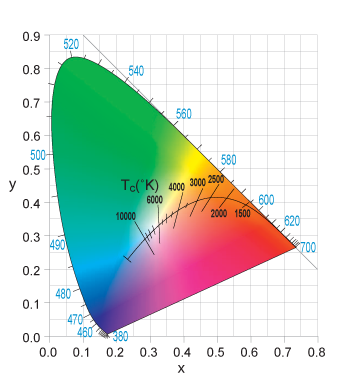 Diagram 1: Planckian Locus
Diagram 1: Planckian Locus The colour temperature of a light source is taken from the temperature of a perfect black-body radiator that radiates light of a similar appearance to that of the light source. It is measured in units of absolute temperature; Kelvin (K). Interestingly, although red is associated with being a hot colour and blue a cold one, on the black body curve (also known as the Planckian Locus, see diagram 1), blue occurs at higher temperatures than red. A more visual example of this apparent colour temperature contradiction can be seen in candlelight, which emits a warm red orange glow, but in fact has a low Kelvin temperature of 1850K. Therefore higher colour temperatures (5000K more) are called cool colours (bluish white); lower colour temperatures (2700 – 3000K) are called warm colours (yellowish white to red).
Colour Measurement of LEDs
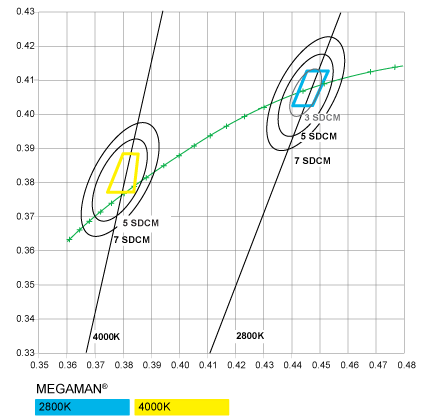 Diagram 2: CIE 1931 x,y Chromaticity Diagram illustrating MEGAMAN® Professional Series
Diagram 2: CIE 1931 x,y Chromaticity Diagram illustrating MEGAMAN® Professional Series LED and discharge lamps have negligible thermal radiation, so do not follow the form of a traditional black body spectrum. However, as with any colour, they can be represented on a so-called ‘colour space’ using the CIE 1931 (x,y)-chromaticity diagram (see diagram 2). Every colour is uniquely defined by one (x,y) point in this space. The colour points of thermal radiators lie on one curve in this space, the black body locus. The colour points of LED and discharge lamps for general lighting are located outside, but close to, this curve. Although a colour temperature can only be attributed to points on the black body locus, these light sources are also assigned a colour temperature: correlated colour temperature (CCT). The CCT is the colour temperature of a black body radiator which, to human colour perception, most closely matches the light of the source i.e. the point on the black body locus that lies closest to the colour point of the source.
Colour Consistency
The key to creating an LED lighting scheme, that looks good for years to come is in ensuring that, over their lifespan, all of the lamps are performing within an acceptable tolerance in terms of colour deviation. To define ‘acceptable tolerance’ from lamp to lamp, LED manufacturers have adopted the MacAdam ellipse and SDCM (Standard Deviation of Colour Matching) measurement of colour consistency.
MacAdam Ellipse
The MacAdam ellipse is a system of colour measurement. It measures how much colour variation is possible around these axes, before the human eye detects a colour change. A series of ellipses can then be drawn around any target colour, and the closer any given lamp is to the target, the less colour deviation will be experienced when these lamps are placed side by side in an installation.
The distance from the target point in each ellipse is measured in SDCM. An SDCM of 1 step means that there is no colour difference between LED chips, 2-3 SDCM means that there is hardly any visible colour difference. Colour consistency of 6-7 SDCM is accepted by the market and in line with the European EcoDesign – US Energy Star requirements.
MEGAMAN® Performance
Thanks to MEGAMAN®’s control of the phosphor/LED blend, MEGAMAN® LED professional light sources have a colour consistency of 3-5 SDCM.
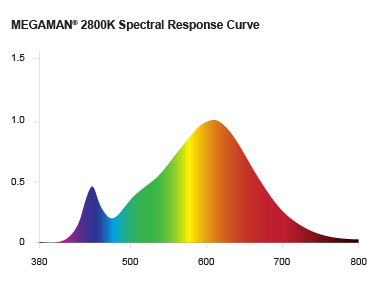
Diagram 3: MEGAMAN® 2800K Spectral Response Curve
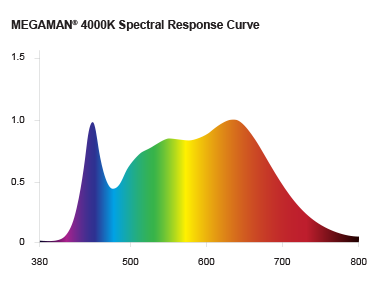
Diagram 4: MEGAMAN® 4000K Spectral Response Curve
Colour Rendering Index (CRI)
Since 1931, when the first system of measuring colour rendering was formalised by the CIE (Commission Internationale de l’Eclairage = International Commission on Illumination), the lighting industry has been able to communicate the quality of its light to specifiers and end users alike.
The Colour Rendering Index (CRI or Ra) is a quantitative measure, which rates a light source’s ability to reproduce the colours of objects faithfully. In order to objectively compare the colour rendering properties of any light source, the CIE’s standardised measuring method operates on a scale from 0 to 100 (poor to excellent). The colour change of 14 standard colours is calculated when an object is exposed to a specific light source and then this is compared to a reference illuminant of the same colour temperature (a black body* is used for colour temperatures up to 5000K and daylight above that). The CRI for a pair of light sources can only be compared if they have the same colour temperature.
The CRI scale is chosen so that an ideal black body source, such as incandescent or halogen lamps, is by definition a CRI rating of 100. For light sources emitting a discrete spectrum, like LED and discharge lamps, the CRI can be anywhere between 0 - 100. As a rule of thumb, the more the spectrum is filled at all wavelengths (380 – 760nm), the better the colour rendering properties of the source, however a high CRI measurement intrinsically means lower efficacy (as less efficient wavelengths are also represented in the spectrum).
* A black body is a theoretical object that absorbs all incident electromagnetic radiation and due to its ability to absorb at all wavelengths, is the best possible emitter of thermal radiation. It radiates a continuous spectrum that depends on the body's temperature.
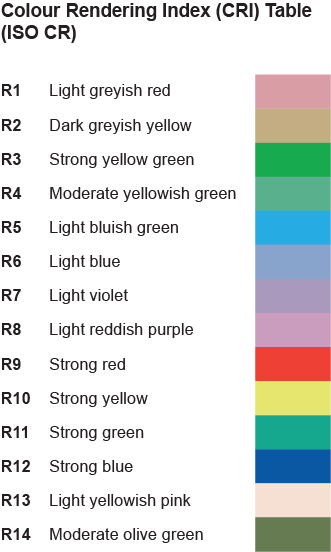
TM-30 Basics
TM-30 defines a new method of evaluating light source colour rendition published by the Illuminating Engineering Society of North America (IES) in 2015.
It compromises three primary components:
Rf – a fidelity index that is similar to the commonly used CRI
Rg – a gamut index that provides information about saturation
Colour vector graphic – a graphical representation of hue and saturation relative to a reference source
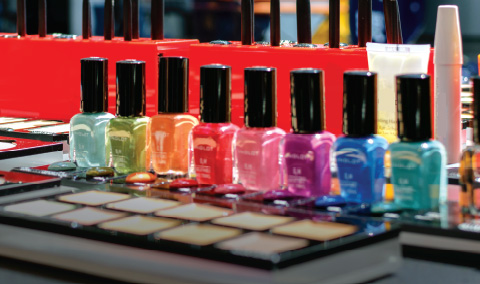
Fidelity Index (Rf):
The average of the colour difference between the test and reference conditions. This is similar to the CRI but over 99 colour samples. The Rf values range from 0 to 100, with 100 indicating an exact match with the reference.
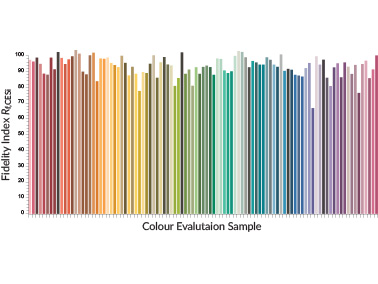
Gamut Index (Rg):
Measures relative gamut (area endorsed by the chromaticity of a set of 16 colour samples) and provides information about saturation. A score >100 means increased average saturation compared to the reference source, and a score <100 indicates decrease average saturation.
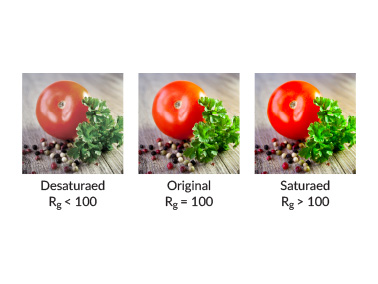
Colour Vector Graphic
A visual representation of hue and chroma shifts for all colours. This graph conveys what types of colour are more or less saturated under the tested light source relative to the reference illuminant. It also shows where hue shifts occur.
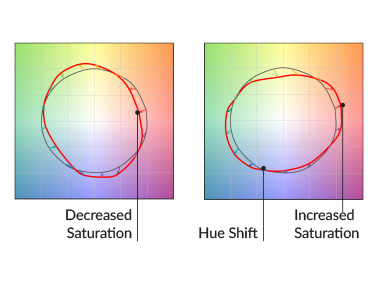
TM-30 can help understand what source will be preferred in a given application. In contrast, the CIE’s CRI is purely a method for evaluating colour fidelity.

Dim-to-Warm Series
MEGAMAN® is proud to be the first manufacturer to introduce a wide range of LED products incorporating Dim-to-Warm technology.
As these lamps are dimmed from 100% to 10%, their colour temperature changes from 2800K (2700K) to 1800K - perfectly simulating the characteristics of incandescent and halogen lamps. Unlike many products on the market which use multiple lens arrays, MEGAMAN®’s Dim-to-Warm lamps contain a unique single circuit chip level technical solution, allowing them to have the same compact profile as incandescent and halogen lamps while also replicating their warmth and dimming curve. The MEGAMAN® Dim-to-Warm LED range offers:
- True replacement for traditional incandescent and halogen equivalents in terms of looks, lighting performance and lighting effect
- The first LED Candle, LED Classic P45, LED MR16, LED AR111 and Integrated LED Downlight with Dim-to-Warm feature
- Colour temperature changes from 2800K to 1800K for reflectors and luminaires, and 2700K to 1800K for nondirectional lamps when dimmed from 100% to 10%
- The same compact profile as the traditional incandescent and halogen lamps
- The ability to create moods and set the ambience using different dimming levels
- A range of LED lamps is available to cater for different applications
- Energy saving and lower maintenance costs
- Long-rated life of up to 35,000 hours
- High lumen maintenance

Perfect White Series
In retail applications, the right lighting can make a substantial difference to the customer experience, translating directly to a positive impact on a store’s bottom line.
MEGAMAN® Perfect White technology is a solution that offers retailers a distinct advantage enhancing textiles by bringing whites to life while still offering superb efficacy and energy efficiency, compared to traditional light sources. It is ideally suited for retail lighting as well as other accent and display applications.
The Perfect White range produces a high quality light that mimics the effect of daylight on white objects, giving them a natural vibrancy that makes them stand out from the crowd. The technology behind the effect modifies the spectrum in the near visible range to make the object appear to stand out more from the background with increased contrast and adds a clean, cool feel to the object itself.
So how does it work?
Traditionally, LED development has mainly focused on efficiency. In order to achieve the highest lumen per Watt output, light sources have been designed with maximum luminosity in mind. All of the power generated by the LED therefore has traditionally been focused on the colours in the visible spectrum, to ensure no energy was ‘wasted’ on the parts the human eye doesn’t detect.
However, MEGAMAN®‘s Perfect White introduces violet light with a peak at 410nm in the near visible, non-harmful part of the spectrum - also found in natural sunlight - to provide an output that closely mimics the effect of natural daylight on white objects.
How does MEGAMAN® achieve this? Many white objects and especially textiles found in retail stores contain Fluorescent Whitening Agents (FWAs) which, when excited, fluoresce – giving the object a brighter and livelier appearance. This is why clothes often look better when shown in natural daylight. Importantly the violet element within MEGAMAN®’s Perfect White technology, leaves the rest of the spectrum unchanged - so other colours maintain their vibrancy too. The violet just excites the FWAs, producing a ‘Perfect’ white finish that not only makes the product leap out from any background but increases contrast. As a result retail shops, in particular fashion stores, will find their merchandise more attractive and convincing when exposed to Perfect White’s light source.
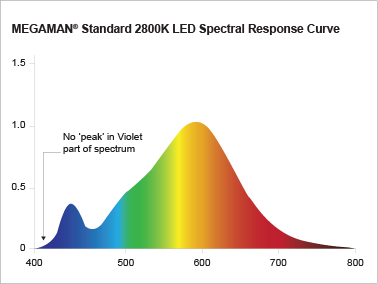
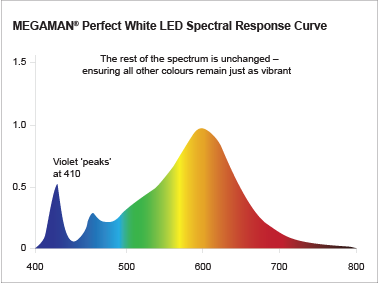
RichColour Series
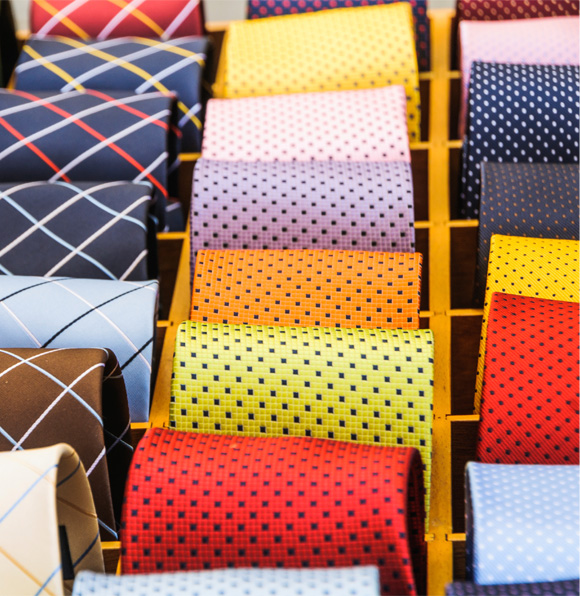 MEGAMAN® RichColour Series is designed to maximise the richness and quality of colours. With high colour rendering of up to Ra95, MEGAMAN® RichColour is the perfect LED replacement for halogen lamps in applications where the faithful colour reproduction associated with natural light is crucial such as retail stores, art galleries and museums.
MEGAMAN® RichColour Series is designed to maximise the richness and quality of colours. With high colour rendering of up to Ra95, MEGAMAN® RichColour is the perfect LED replacement for halogen lamps in applications where the faithful colour reproduction associated with natural light is crucial such as retail stores, art galleries and museums.
Taking colour enhancement a step further still, MEGAMAN® RichColour+ combines all the benefits of standard RichColour technology with enhanced red colour rendition (R9) of ≥75. The well-balanced and high quality light of RichColour+ lamps makes them the perfect choice for food and other display lighting applications where the visual appeal of items is essential.


 top
top